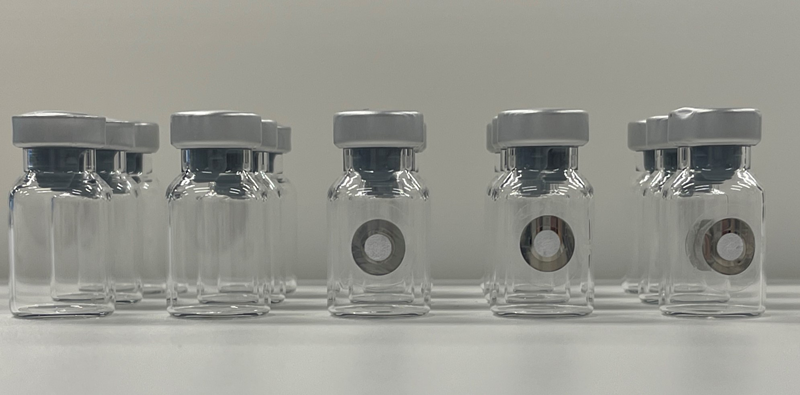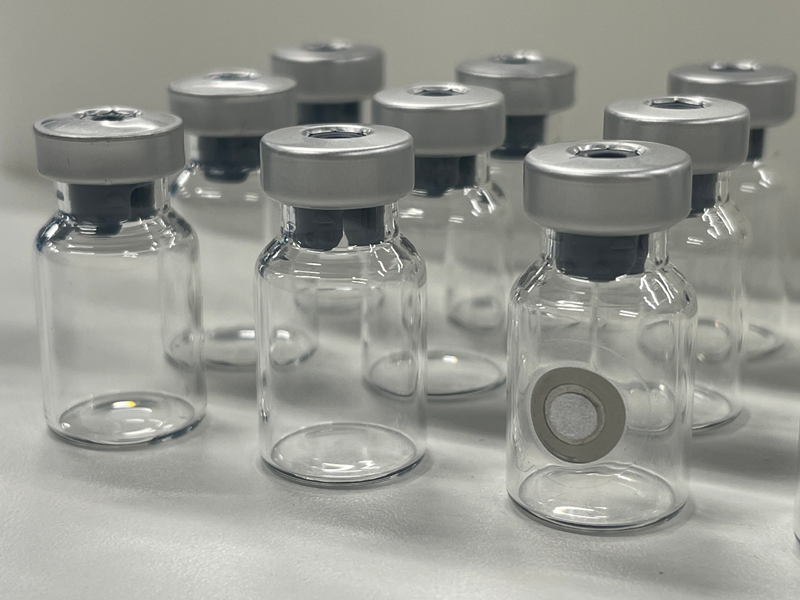The role of false defects in leak testing.
Leak testing and false defects
There are many types of "leakage" defects, including holes, cracks, wrinkles, peeling, tears, and jamming. Products that require airtightness and sealing exist in a variety of industries, but their leakage standards are often set independently and the basis for these standards is unclear. To maintain product safety and performance throughout the warranty and validity periods, quantitative evaluation based on scientific evidence is required. In order to determine the leakage that is acceptable for a good product and prevent the release of defective products, standards must be set using several methods.
(1) A method of determining from representative examples of defects that frequently occur (determining from typical defects).
(2) A method of determining from actual defective products (determining from actual defects).
(3) A method of determining by substituting standards implemented using other test methods such as submersion tests.
Nuisance defects can be used as a tool to set these and determine the size of the defects that will be used as criteria for judgment.
What are pseudo defects?
Pseudo defects (pinholes, capillaries, etc.) are artificially created holes to define the size of defects, and the "hole diameter, thickness (length), and shape" can be accurately determined. By attaching pseudo defects to packaging containers and creating positive controls (defective product samples), the hole diameter and thickness (length) can be guaranteed, allowing for accurate control of leaks and defects. This allows for reproducible testing even when using multiple positive controls, making them suitable for considering leak tolerances.
Application to pharmaceutical packaging: Relationship between defects and maximum allowable leakage limit
JP18 requires the quantification and quantification of "maximum allowable leakage limits," making leak testing requirements for pharmaceutical packaging even stricter. To protect pharmaceutical products throughout their shelf life, there has been a need to establish an evaluation method to accurately identify leaks and defects in packaging containers. At Fukuda, we recommend setting a "maximum allowable leakage limit" using pseudo-defects in leak testing in accordance with JP18. To set the "maximum allowable leakage limit," multiple samples are prepared, and a positive control (defective sample) and a negative control (good sample) with pseudo-defects attached are used. This allows us to build packaging designs and manufacturing processes based on highly qualified quality standards, ensuring consistent pharmaceutical quality.
Image of pinhole attachment (e.g. vial bottle)
In practice, we prepare multiple positive and negative controls with pinholes attached, as shown in the photo, and conduct verification experiments (for a fee) before implementation. This allows us to set the parameters that will serve as the judgment criteria for the leak test device.

